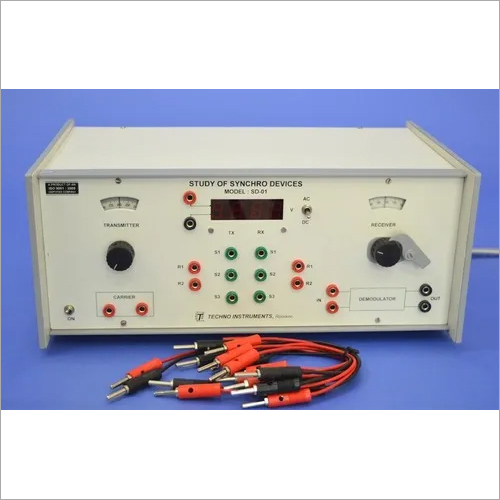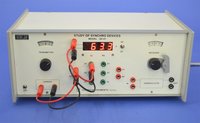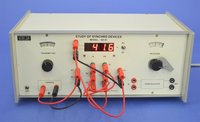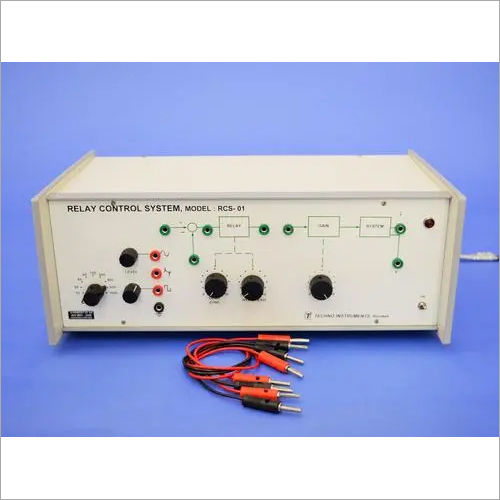Study Of Synchro Devices, SD-01
Product Details:
- Application Control Laboratory Experiment
- Color Grey
- Weight 10 Kg Kilograms (kg)
- Usage Control Laboratory Experiment
- Material Electronics
- Type Control Lab Trainer
- Display Type Digital
- Click to View more
Study Of Synchro Devices, SD-01 Price And Quantity
- 1 Number
Study Of Synchro Devices, SD-01 Product Specifications
- Electronics
- Control Lab Trainer
- Control Laboratory Experiment
- 10 Kg Kilograms (kg)
- Digital
- Grey
- Control Laboratory Experiment
Study Of Synchro Devices, SD-01 Trade Information
- Cash Against Delivery (CAD), Cash on Delivery (COD), Cash Advance (CA), Cash in Advance (CID), Cheque, Delivery Point (DP), Telegraphic Transfer (T/T)
- 100 Number Per Month
- 1 Week
- Contact us for information regarding our sample policy
- Complete in all respect
- Australia, North America, South America, Eastern Europe, Western Europe, Middle East, Central America, Asia, Africa
- All India
- ISO 9001: 2015 CE
Product Description
We are instrumental in manufacturing, exporting and supplying Study Of Synchro Devices in Roorkee, Uttarakhand, India.
- Synchro transmitter-receiver pair with calibrated dials
- Locking system for receiver rotor
- Receiver use as control transformer
- Built-in balanced demodulator circuit
- Panel meter for ac/dc voltages
- All internal power from the 220V/50 Hz mains
- Only an external CRO required
EXPERIMENTS:
Basic characteristics study - stator voltages as a function of the rotor angle using the built-in ac voltmeter. This shows the space variation of the three voltages, VS1S2, VS2S3, and VS3S1, causing rotation of the resultant magnetization in the stator which is fundamental to the error detection process.
Operation and error study of the transmitter-receiver pair as a simple open loop position control at a very low torque. This is a rarely used application but is used to demonstrate the direction of the resultant magnetic field in the receiver.
Plotting the error voltage output as a function of the transmitter rotor angle with the receiver rotor locked. Observing the 180 degree phase reversal around the zero error is significant as this the basic method through which the direction of the error is detected in an ac system
Use of balanced demodulator to develop dc error signal with appropriate polarity and compare it with the ac error. This block would be needed if a mixed system were to be designed using both dc and ac components.

Price:
- 50
- 100
- 200
- 250
- 500
- 1000+
 English
English Spanish
Spanish French
French German
German Italian
Italian Chinese (Simplified)
Chinese (Simplified) Japanese
Japanese Korean
Korean Arabic
Arabic Portuguese
Portuguese










 Send Inquiry
Send Inquiry Send SMS
Send SMS Call Me Free
Call Me Free
